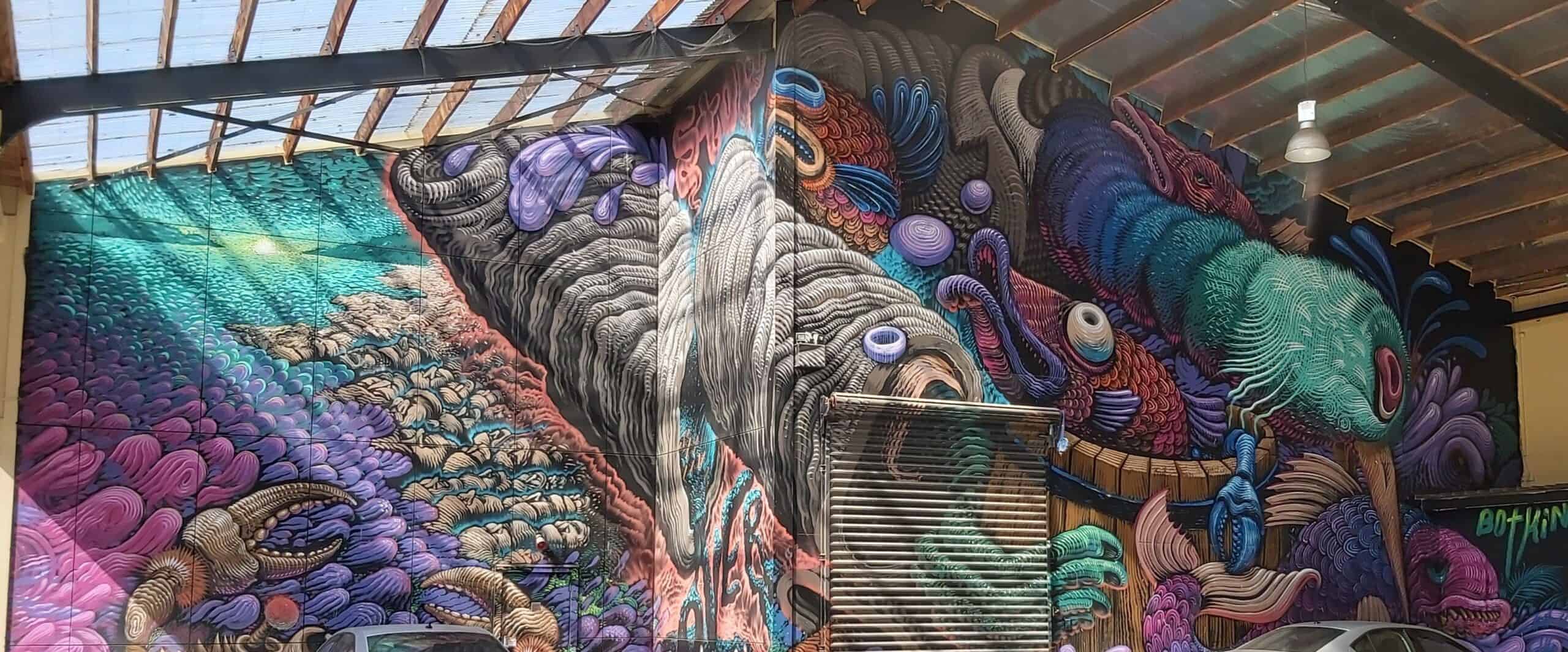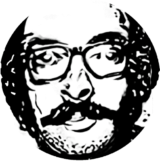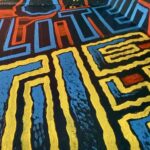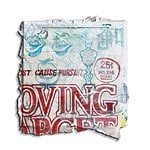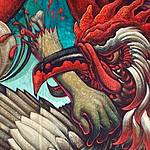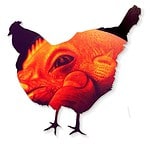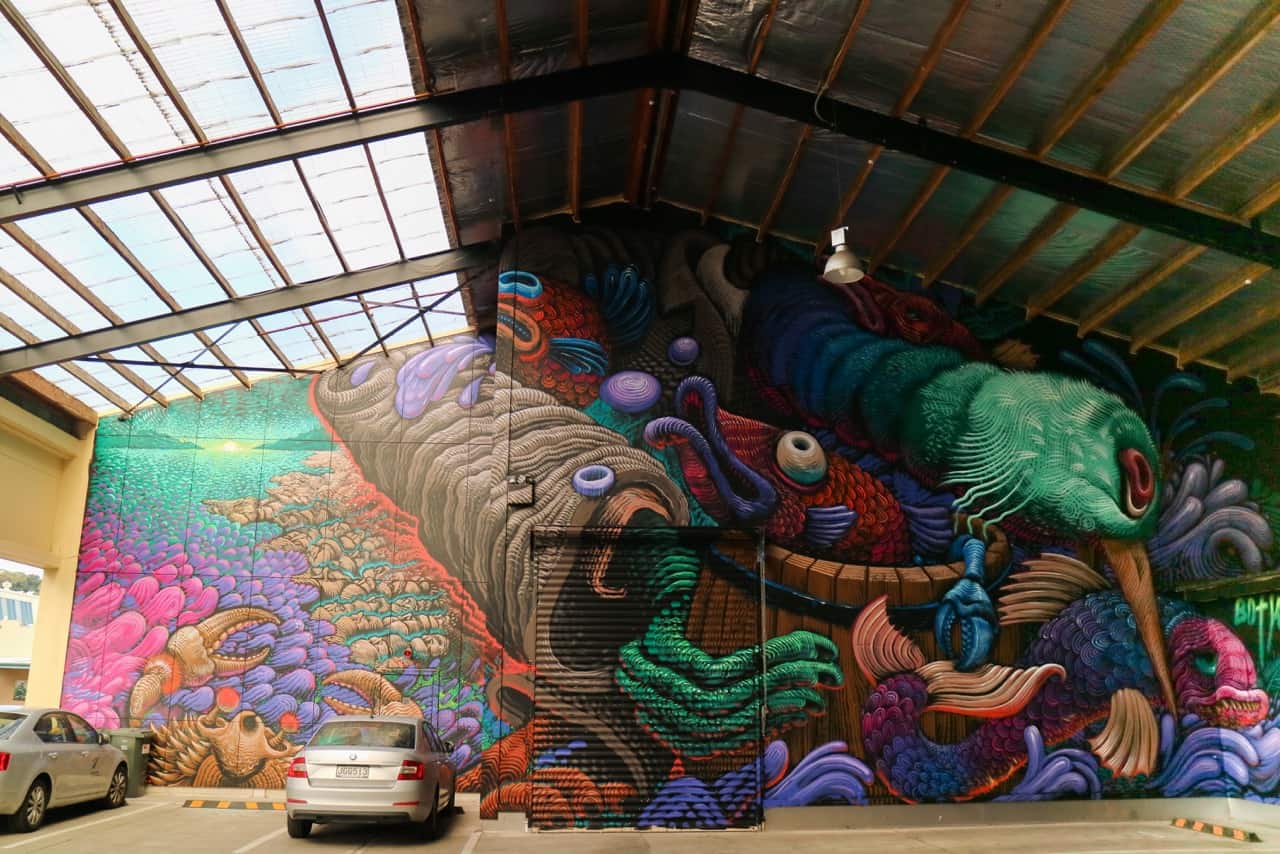
STOP oVERFISHING — SeaWalls
Don’t Overfish: Napier SeaWalls Mural
Napier ‘SeaWalls’ — “don’t over fish” — stands out for a commitment to maintaining healthy marine ecosystems.
PangeaSeed Foundation, in partnership with the Napier City Council (NCC) and Alternative Arts Initiative, slammed this edition of Sea Walls: Artists for Oceans together in Napier New Zealand, for the second consecutive year.
It’s hard to communicate the overwhelming magnitude of what producing a festival of this scale and scope is like. For example, you can show a map to someone, but the map itself is by no means the territory it represents symbolically.
This page doesn’t offer much by way of artsy pictures to look at, but it does pack a bit of contextual punch and backstory. That has been my goal with this updated website; to offer context to what may appear a series of disjointed, and even at times lacklustre projects.
“Public art and activism can educate and inspire the global community to help save our seas. Regardless of your location – large metropolitan city or small seaside village – the ocean supplies us with the breath we take. Life on planet Earth cannot exist without healthy oceans. Dwindling global fish stocks, rising sea levels, and widespread pollution are issues that impact everyone, regardless of location. As global citizens, we are responsible for the health of the oceans and the wildlife that calls it home”
Tre Packard, PangeaSeed Foundation
DO MURALS SAVE OCEANS?
No, not on their own.
Does banging people over the head with facts and statistics work to help wake them to the rising urgencies of water protection?
Again, a resounding no. People are best moved through the more relatable aspect of storytellling and emotional appeal, which is the fortunately the native tongue of art, so to speak. With the groundwork in place, concrete actions and solutions are far better received.
Done well, public art allows communities to begin cutting through roaring currents of cultural opinion and controversy. The practice possesses an unparalleled capacity to manipulate and sway the dominant culture(s) of opinion. It is important to note that this ‘culture’ holds everything in place, like the myofascial tissues of our body. When the goal is to effect valuable and lasting change, it is crucial to start from the right place.
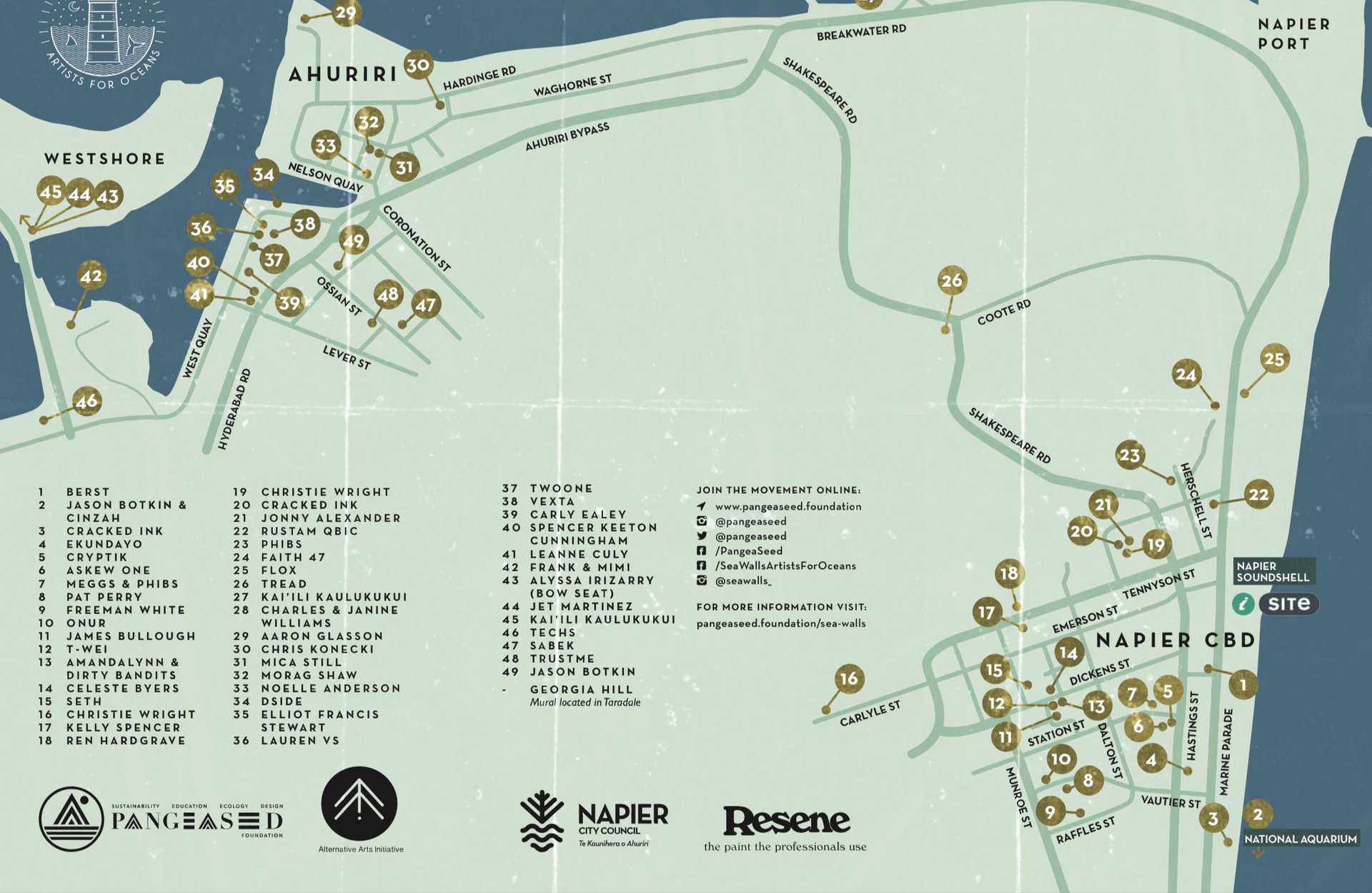
THE POWER OF IMAGINATION
Murals help us to see the world differently, especially when set within the familiar, everyday settings of our streets and parks. These creative* works stimulate and excite our highest order of human ability; imagination. Our ability to exercise this tool is the power of giving vision to a future that is better than the one we may be experiencing today.
*Create — To produce; to bring into being from nothing; to cause to exist.
COMMUNITY CO-MANAGEMENT
Mural festivals of this sort begin to point toward another vital solution, which is the root handling of any and all problems we currently face on the planet.
The fix always starts with men and women learning to better co-manage the shared resources of a community. In very real ways, it is a process of shared creativity, creating bridges where before only existed gaps.
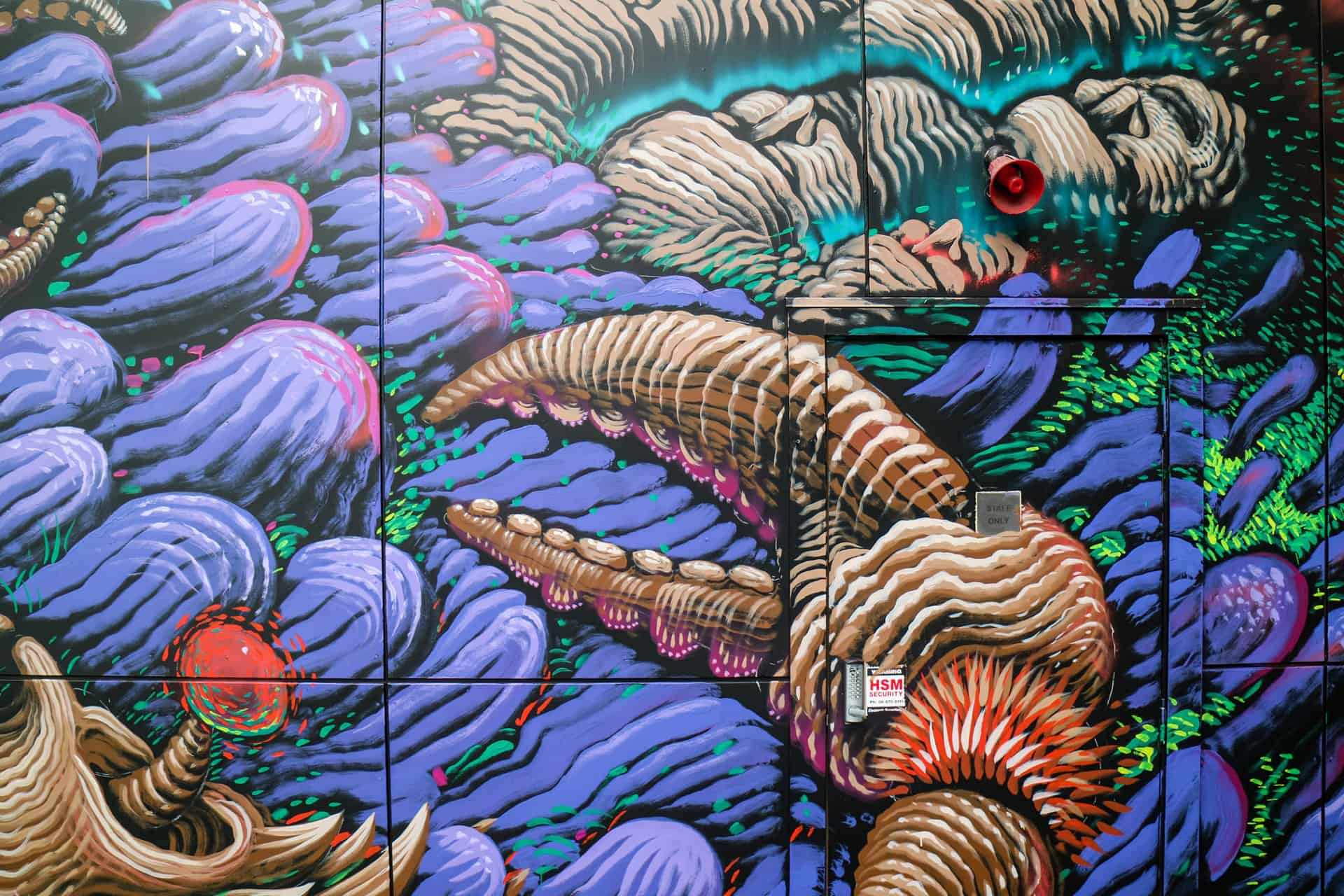
COMMUNICATION
The capacity for effective co-management within a community setting depends heavily on individual and collective core ability(s) to communicate* with one another.
* Communicate: To have intercourse; as applied to persons. It is fundamentally a creative process, which when done well, bears fruit.
This is a skill which can be supported through the use of a number of different tools, such as Non-Violent Communication. Like any skill, it must be regularly exercised in order to be effective.
Working it out
The work of communicating effectively requires a level of strength, patience, and the capacity to make empathic connections with the real life needs and wants of others. Anyone who has ever argued with their neighbour knows how hard much effort this can take.
Like any muscle, if you do not work out your biceps — when the time comes to lift something of any serious weight — your body will fail, despite even the strongest force of will.
Effective co-management needs us to gently and consistently move aside our emotional hangups, long enough for those at the table to no longer be quite so burdened by the unhandled baggage of self and others.
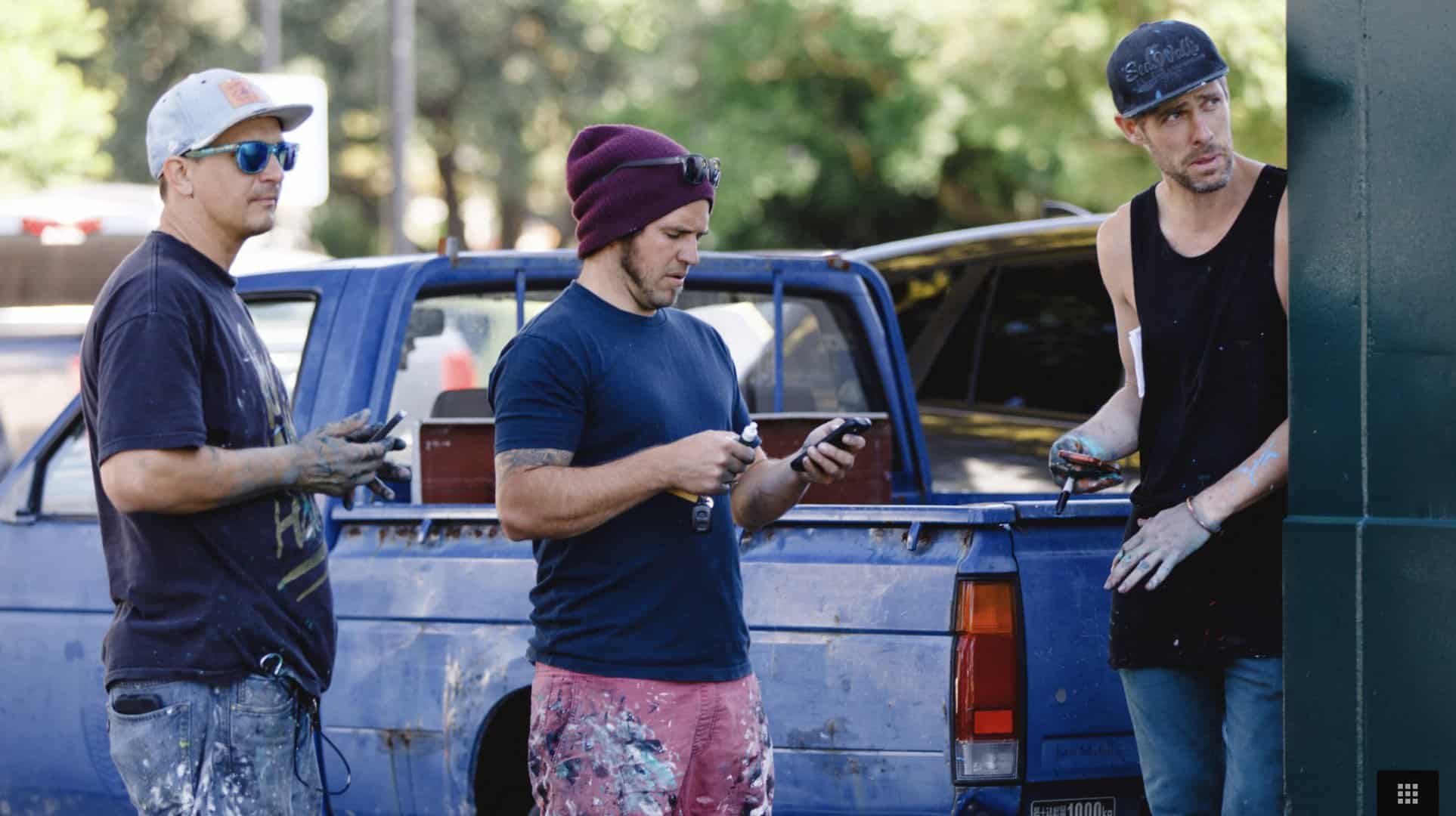
COMMUNITY REVITALIZATION IN ACTION
Festival production involves an enormous number of moving pieces, soaking up phenomenal amounts of time, energy and resources from the many hands who work to create something larger together than they could on their own.
The SeaWalls project is very unique in the way it operates.
26 participant artists came to Napier — some of the biggest names in the industry globally — all of whom volunteered their time and talent to attend this activation.
This reality perfectly exemplifies the process of community revitalization. Revitalizing depends on the willingness of men and women to personally put into the pot some amount of their own vitality, in order for anything to happen. There is no other way, despite what we may have been told.
A community lacking vitality — like any body (politic) — falls apart inevitably, lacking immunological defence. The body, under ideally conditions of health, does not easily fall prey to the interests of corporate greed and dysfunction, where the few unfairly enjoy the spoils of many.
Unfortunately, this is the tragic situation we find ourselves wrestling with today, locked into a state of chronic, crippling dis-ease and social decay. We’ve left the difficult work of managing our shared resources up to ‘experts’ who might be better described as a leadership class of kleptocrats.
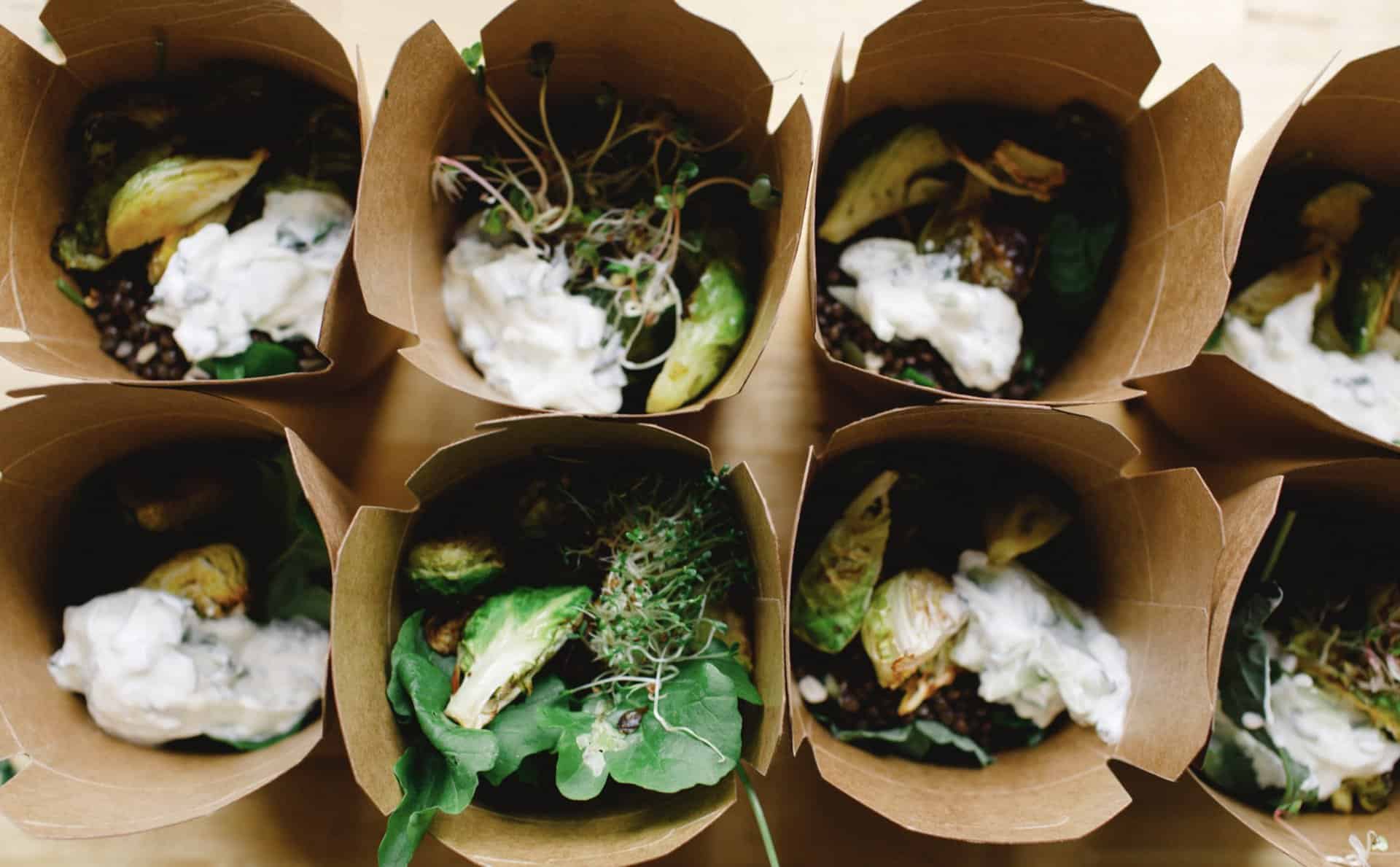
NAPIER’S LEGACY — A SHOESTRING WINDFALL
Over the span of two short years, Napier now boasts 53 unique ocean environmentally-themed murals. The financial impact on the city from the cultural tourism point of view is a stunning return on extremely meagre fiscal investments.
This incredibly rich tapestry of work representing the fruits of these festivals was produced on a a shoestring budget amounting to roughly 80k per year.
NCC contributed $30,000 to help bring the festival to life. Numerous sponsors generously contributed accommodation, food, paint, scaffolding and equipment. Many volunteers gave abundantly of their time and cheerful energies.
The artists and production teams were fed the most delicious festival food ever, made fresh daily from local, organic vegan supplies. The kitchen team worked with every ounce of dedication as those pushing paint around with sticks on the walls.
Glancing quickly at my napkin math, the modest average retail market value of these 53 murals is an in-kind donation of nearly one million dollars. I suck at math, but those numbers are not likely to be too far off the mark
Let these sobering implications of value sink in for a minute.
Napier’s city council has received numerous awards and nationwide recognition since the first festival in 2016.
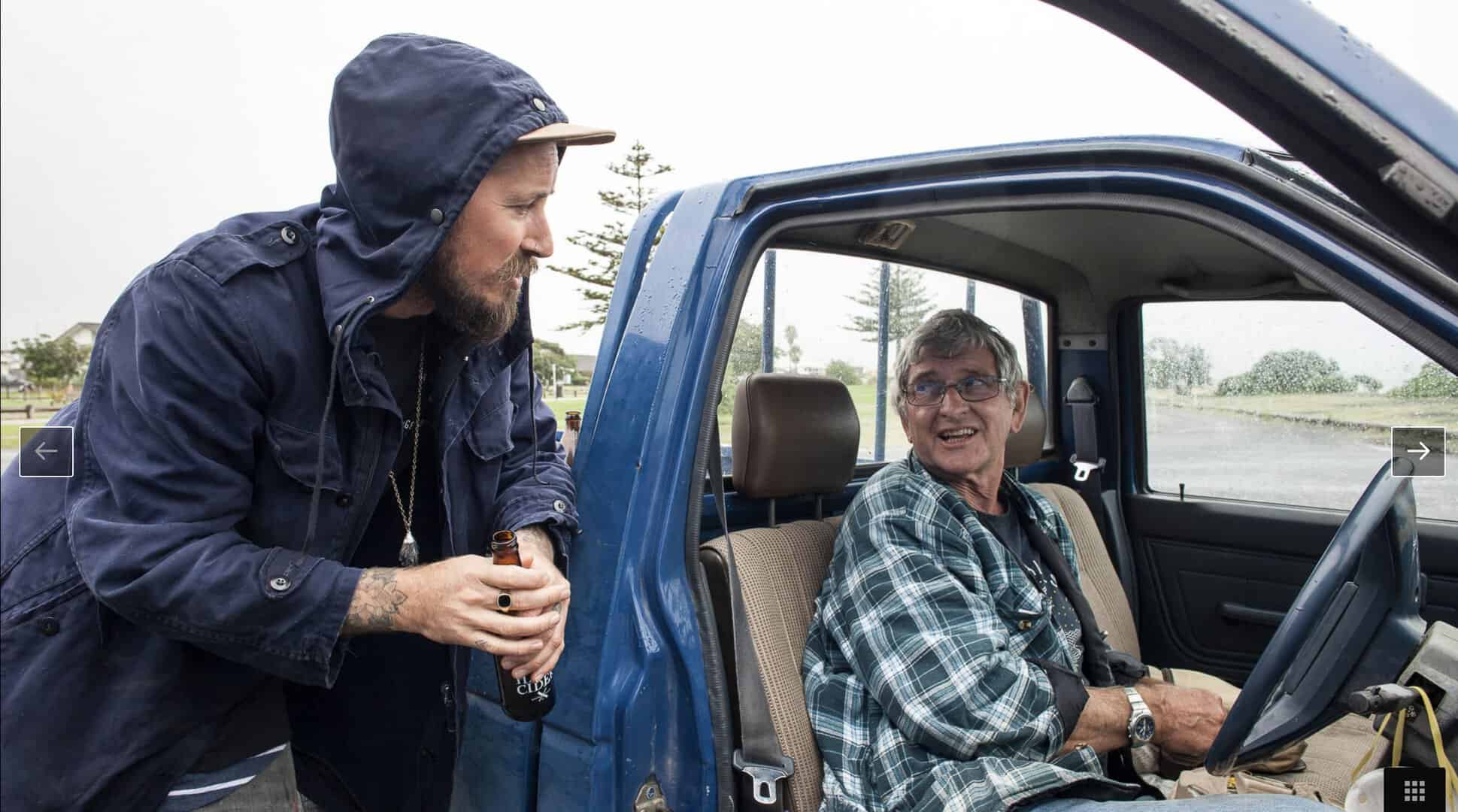
ON THE GROUND
I was part of a very small production team for this festival, that made sure all got what they needed for paint, food and supplies. Moral support, cheerleading, and extra hands on deck offered where and when needed. A shortlist of festival warriors:
cinzah merkens
kai kaulukukui
simon ormerod
pete Findlay
Maxine boag
sophie watkins
Once the artists were all up and running, which typically takes at least 5-6 days (of 10 total for the festival), work on our own murals would begin, with a much shorter window of time to paint. The mural on this page had no more than 3.5 long days in production, from start to finish.
Post festival exhaustion, physically and emotionally, often took up many more days beyond the event, as the accumulated stress and wound up energy slowly melted away with downtime.
I worked closely with the Pangeaseed foundation for a number of years, acting (at times) as the Canadian Regional Director, along with a bunch of other hats. I did so gladly, but eventually found ourselves parting paths for reasons touched on only very lightly above. Sustaining this sort of activity, while ensuring the long-term effectiveness a tricky issue that not all see eye to eye on.

THE MURAL — OVERFISHING
Overfishing is a significant environmental problem. It occurs when fish are caught at a rate faster than they can reproduce. This leads to rapid population depletion and marine ecosystem disruption.
With the collapse of fish stocks, the livelihood of the local seafood reliant communities tanks hard. I’ve seen the damage this has caused first hand, especially on the east coast of Canada, up Newfoundland way.
The mural speaks to exactly that issue with one simple imperative:. Don’t overfish!
Not too complicated.
Stretched across three faces of wall, with the middle face being the smallest in width by far, i treated the composition a bit like a mad magazine foldout. Sadly, I’ve got crumby pics of the wall, as i lost most of those files in a hulk-smashed phone (not backed up) some years ago.
On these projects, my biggest regret is not having enough time to fully explore these artitistic opportunities. Perhaps in your mind this mural will take a more finished shape than it does in my own.
A great opportunity to exercise some imagination 😉
…………….
The amazing photos and videos on this page are via Cory Martin and Tre Packard.
These videos are stunning. Don’t miss out on spending a minute with some headphones on these bad boys. Cory’s work is brilliant.
